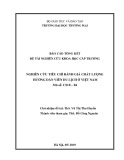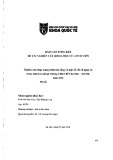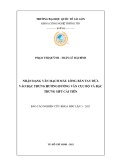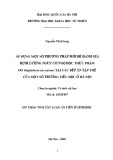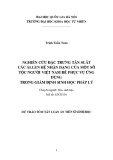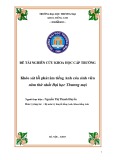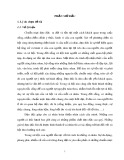
This Provisional PDF corresponds to the article as it appeared upon acceptance. Fully formatted
PDF and full text (HTML) versions will be made available soon.
A non-healing corneal ulcer as the presenting feature of type 1 diabetes mellitus:
a case report
Journal of Medical Case Reports 2011, 5:539 doi:10.1186/1752-1947-5-539
Alexander S Ioannidis (alexioannidis@hotmail.com)
Sophia L Zagora (sophia.zagora@gmail.com)
Alfred W Wechsler (burwoodeyeclinic@bigpond.com)
ISSN 1752-1947
Article type Case report
Submission date 10 July 2011
Acceptance date 4 November 2011
Publication date 4 November 2011
Article URL http://www.jmedicalcasereports.com/content/5/1/539
This peer-reviewed article was published immediately upon acceptance. It can be downloaded,
printed and distributed freely for any purposes (see copyright notice below).
Articles in Journal of Medical Case Reports are listed in PubMed and archived at PubMed Central.
For information about publishing your research in Journal of Medical Case Reports or any BioMed
Central journal, go to
http://www.jmedicalcasereports.com/authors/instructions/
For information about other BioMed Central publications go to
http://www.biomedcentral.com/
Journal of Medical Case
Reports
© 2011 Ioannidis et al. ; licensee BioMed Central Ltd.
This is an open access article distributed under the terms of the Creative Commons Attribution License (http://creativecommons.org/licenses/by/2.0),
which permits unrestricted use, distribution, and reproduction in any medium, provided the original work is properly cited.








